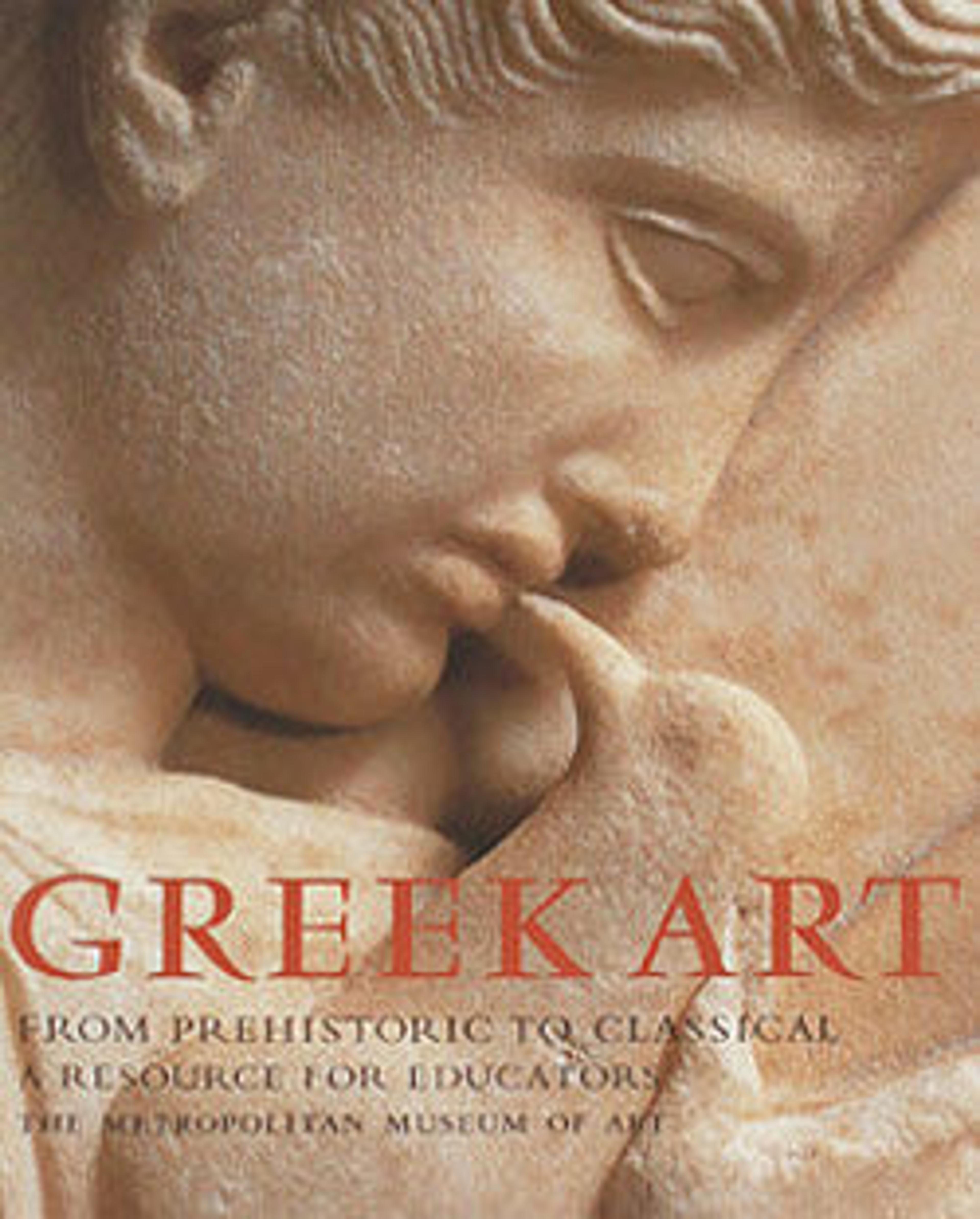Terracotta hydria (water jar)
On the body, Achilles and Ajax playing board game at Troy
On the shoulder, chariot departing
The scene on the body depicts one of the most popular subjects in Greek art, mainly vase-painting, between about 540 and 480 B.C. Over 150 occurrences are known. Remarkably, the original composition survives on an amphora in the Vatican Museums. The artist was Exekias, the potter and painter whose work represents the height of black-figure painting. In this variant, the painter has placed Athena stage center as the two primary Greek heroes of the Trojan War while away their time playing a game in which pieces are moved according to the roll of dice.
On the shoulder, chariot departing
The scene on the body depicts one of the most popular subjects in Greek art, mainly vase-painting, between about 540 and 480 B.C. Over 150 occurrences are known. Remarkably, the original composition survives on an amphora in the Vatican Museums. The artist was Exekias, the potter and painter whose work represents the height of black-figure painting. In this variant, the painter has placed Athena stage center as the two primary Greek heroes of the Trojan War while away their time playing a game in which pieces are moved according to the roll of dice.
Artwork Details
- Title: Terracotta hydria (water jar)
- Artist: Attributed to the Leagros Group
- Period: Archaic
- Date: ca. 510 BCE
- Culture: Greek, Attic
- Medium: Terracotta; black-figure
- Dimensions: 21 5/16 × 6 3/8 × 12 1/4 × 3/4 × 5 7/16 × 15 1/4 in. (54.1 × 16.2 × 31.1 × 1.9 × 13.8 × 38.8 cm)
Height: 54.1 cm
Base dia: 16.2 cm
Diameter :31.1cm
Neck dia : 13.8 cm
Width with handles : 38.8 cm
thickness of rim: 1.9 cm - Classification: Vases
- Credit Line: Fletcher Fund, 1956
- Object Number: 56.171.29
- Curatorial Department: Greek and Roman Art
More Artwork
Research Resources
The Met provides unparalleled resources for research and welcomes an international community of students and scholars. The Met's Open Access API is where creators and researchers can connect to the The Met collection. Open Access data and public domain images are available for unrestricted commercial and noncommercial use without permission or fee.
To request images under copyright and other restrictions, please use this Image Request form.
Feedback
We continue to research and examine historical and cultural context for objects in The Met collection. If you have comments or questions about this object record, please contact us using the form below. The Museum looks forward to receiving your comments.
